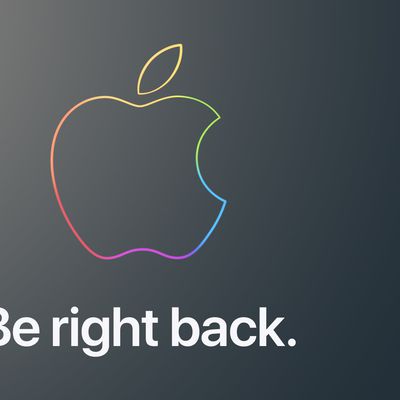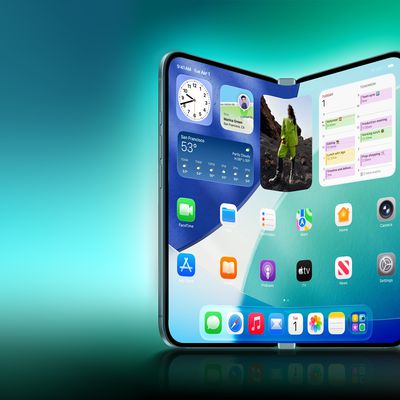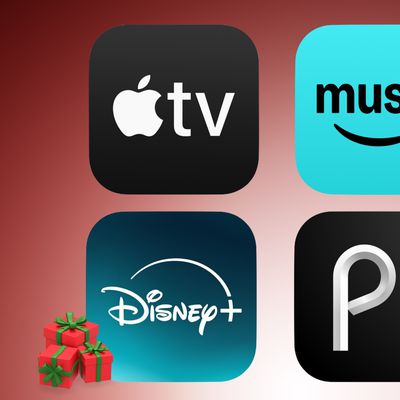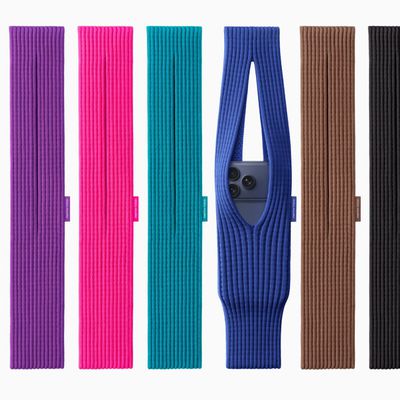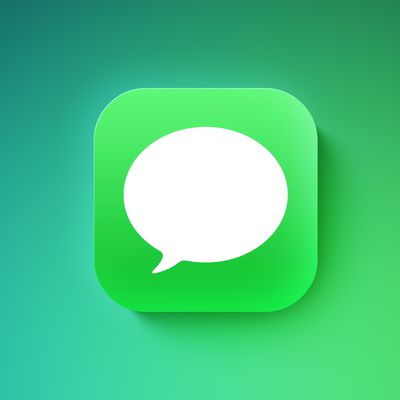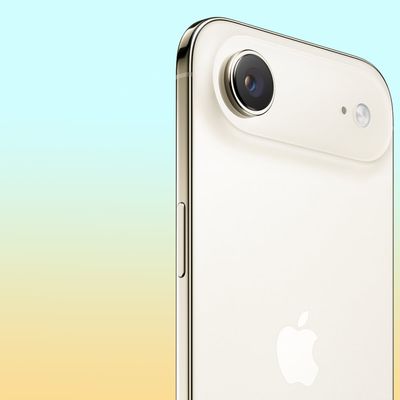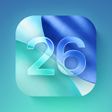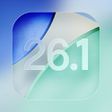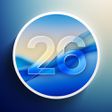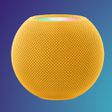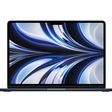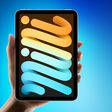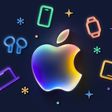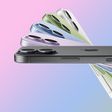Apple appears to be moving to the next-generation Qi 2.2 wireless charging standard, according to regulatory filings on Taiwan's NCC certification website. Qi2.2 is the forthcoming update to the Wireless Power Consortium's (WPC) Qi standard, building on improvements introduced with Qi 2.1.

Spotted by 91mobiles.com, the filings reveal two new MagSafe charger models – A3503 and A3502 – that support the upgraded Qi 2.2 standard. The chargers feature the familiar white puck design with braided cables in 2-meter and 1-meter lengths, respectively.
It's a notable upgrade mainly because of the faster charging speed. Qi 2.2 is technically capable of up to 25W charging output. In contrast, the Qi 2 standard maxes out at 15W (although iPhone 16 models support upgraded MagSafe charging – with a 30W Apple charger, the iPhones can charge at up to 25W). The WPC has since released the Qi 2.1 standard, but no Apple devices officially support it.
Testing documents show the chargers work with devices ranging from the iPhone 16 back to the iPhone 11, indicating the Qi 2.2 pucks will have broad compatibility with existing devices, but charging speeds are going to be limited when using older models. Devices looking to take advantage of the faster charging speeds will need a corresponding advanced charging chip, similar to Samsung's Power Management Integrated Circuit (PMIC).

In addition to faster charging, Qi 2.2 offers improved magnetic alignment and charging efficiency compared to its predecessor. The standard also features backward compatibility with older Qi chargers.
Apple has not officially announced these new chargers, but their appearance in Taiwan's regulatory databases indicates we're likely to see a public release in the coming months. It also increases the likelihood that the upcoming iPhone 17 models will support the new charging standard – but that doesn't guarantee they will charge at the maximum 25W. Apple is expected to announce the iPhone 17 lineup around September, while the broader industry is expected to launch Qi 2.2-compatible phones, chargers, and accessories later this year.
Editor's note: This article originally reported that Qi 2.2 offers a maximum charging output of 50W, which turned out to be based on false information. We apologize for the error.


